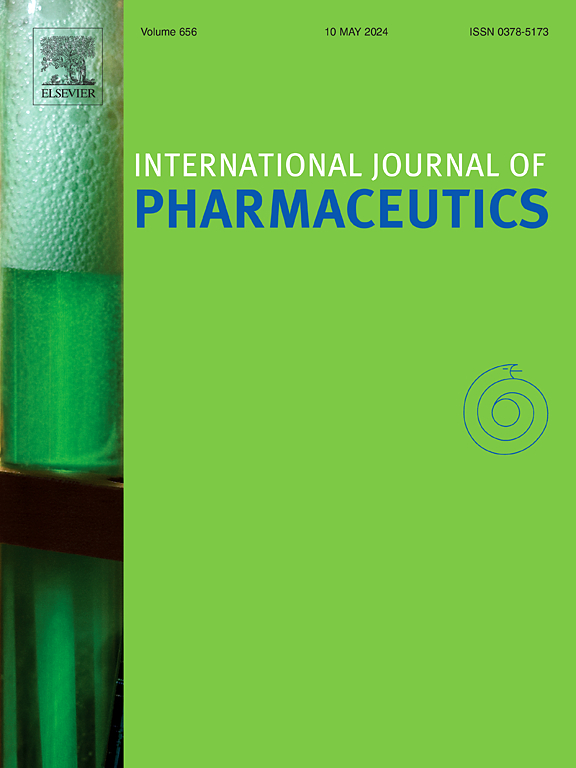One-step engineered mesenchymal stem cell-derived exosomes against hepatic ischemia–reperfusion injury
IF 5.3
2区 医学
Q1 PHARMACOLOGY & PHARMACY
引用次数: 0
Abstract
Hepatic ischemia–reperfusion injury (IRI) is an important factor affecting the prognosis of patients undergoing surgery. Exosomes derived from mesenchymal stem cells (MSC-EXOs) are widely used and play a therapeutic role in hepatic IRI. However, natural exosomes lack liver-targeting ability and have low bioavailability. In this study, MSC-EXOs were simply modified with OPDEA-PCL or liver-targeting DSPE-PEG2000-Galactose, forming OPDEA-PCL-modified MSC-EXOs (OP-EXOs) or DSPE-PEG2000-Galactose-modified MSC-EXOs (GPEG-EXOs). In mouse hepatic IRI model, OP-EXOs and GPEG-EXOs both significantly reduced alanine aminotransferase (ALT), aspartate aminotransferase (AST), and lactate dehydrogenase (LDH) levels in serum after hepatic IRI, alleviating liver injury. Transcriptomic and proteomic analyses showed that OP-EXOs and GPEG-EXOs reduced hepatic IRI by downregulating the expression of S100A8, S100A9, SELP, and ANXA2 in the liver following IRI. This study opens a new paradigm for the treatment of hepatic IRI using engineered MSC-EXOs with the potential to improve the prognosis of liver surgery.

求助全文
约1分钟内获得全文
求助全文
来源期刊
CiteScore
10.70
自引率
8.60%
发文量
951
审稿时长
72 days
期刊介绍:
The International Journal of Pharmaceutics is the third most cited journal in the "Pharmacy & Pharmacology" category out of 366 journals, being the true home for pharmaceutical scientists concerned with the physical, chemical and biological properties of devices and delivery systems for drugs, vaccines and biologicals, including their design, manufacture and evaluation. This includes evaluation of the properties of drugs, excipients such as surfactants and polymers and novel materials. The journal has special sections on pharmaceutical nanotechnology and personalized medicines, and publishes research papers, reviews, commentaries and letters to the editor as well as special issues.

 求助内容:
求助内容: 应助结果提醒方式:
应助结果提醒方式:


